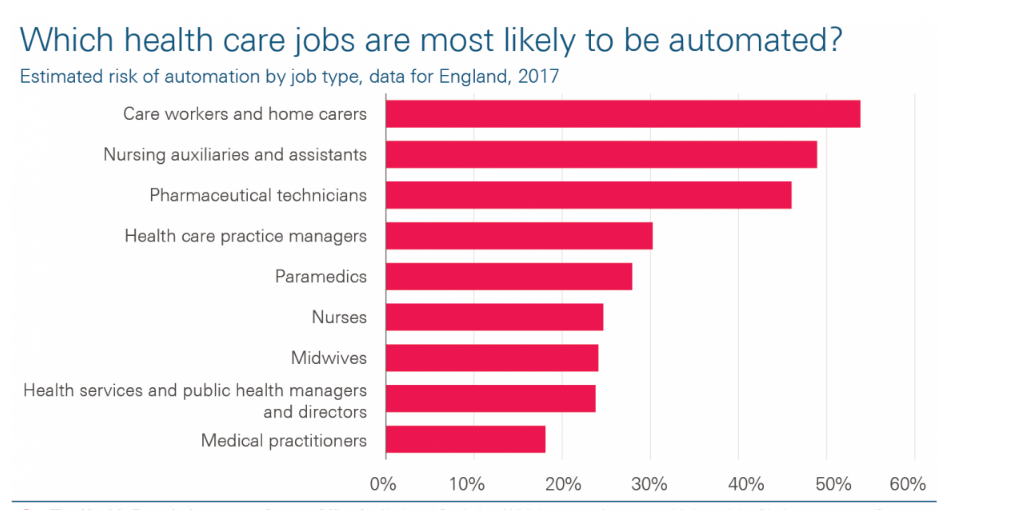Digital Health | 25 June 2020| NHSX publishes £3m tender to help phase out pagers
£3million tender for the provision of communication services to replace out-dated pagers is now open to bidders.
NHSX revealed it was looking to create a framework for NHS trusts to procure communication services in May.
The tender for a clinical communication tools framework was published last week and is set to close on 6 July. The contract is due to commence on 27 July, 2020 and run until 26 July, 2022, with a potential extension for 12 months.
Prior to the tender being published a notice from NHSX said the Covid-19 pandemic has “accelerated the need to urgently deliver” health secretary Matt Hancock’s plan to phase out pagers by the end of 2021.
“The agreed approach, therefore, needs to ensure that NHS trusts can award contracts to suitably qualified and experienced suppliers who can deliver against this requirement, whilst promoting innovation and delivering against a digital maturity model,” the tender states.
The solutions must enable secure messaging; image sharing; staff directory linked to the NHS.net address book; and calls.
Video calls, patient lists; task management; and electronic patient record integration were listed on the tender as “optional functionality”.
Solutions also have to be compliant with GDPR and UK data protection laws.
It is hoped such tools will “address critical pain points for clinical and/or operational teams” and can be “be downloaded onto mobile devices or tablet device”.
Joost Bruggeman, chief executive of Siilo who has previously spoken of the need to replace pagers, said: “Beyond knowledge and compassion, modern healthcare professionals need to be good communicators to advocate for their patients. But just like the stethoscope can no longer compete with modern imaging diagnostics, so has the pager past its prime compared to messaging apps.
“Maintaining open and up-to-date lines of communication is crucial for hospitals dealing with a growing number of patients under ever-changing circumstances. The spread of coronavirus has made the need for efficient mobile communication even more urgent, so that medical professionals can operate with agility.”
Hancock announced in February 2019 that he was going to war with pagers.
NHS trusts will be required to phase out pagers by the end of 2021, with all hospitals expected to have plans and infrastructure in place to ensure this is possible by the end of September 2020.
Staff are expected use modern alternatives, such as mobile phones and apps, which can deliver more accurate two-way communications at a reduced cost.
More information on the tender can be found here.





